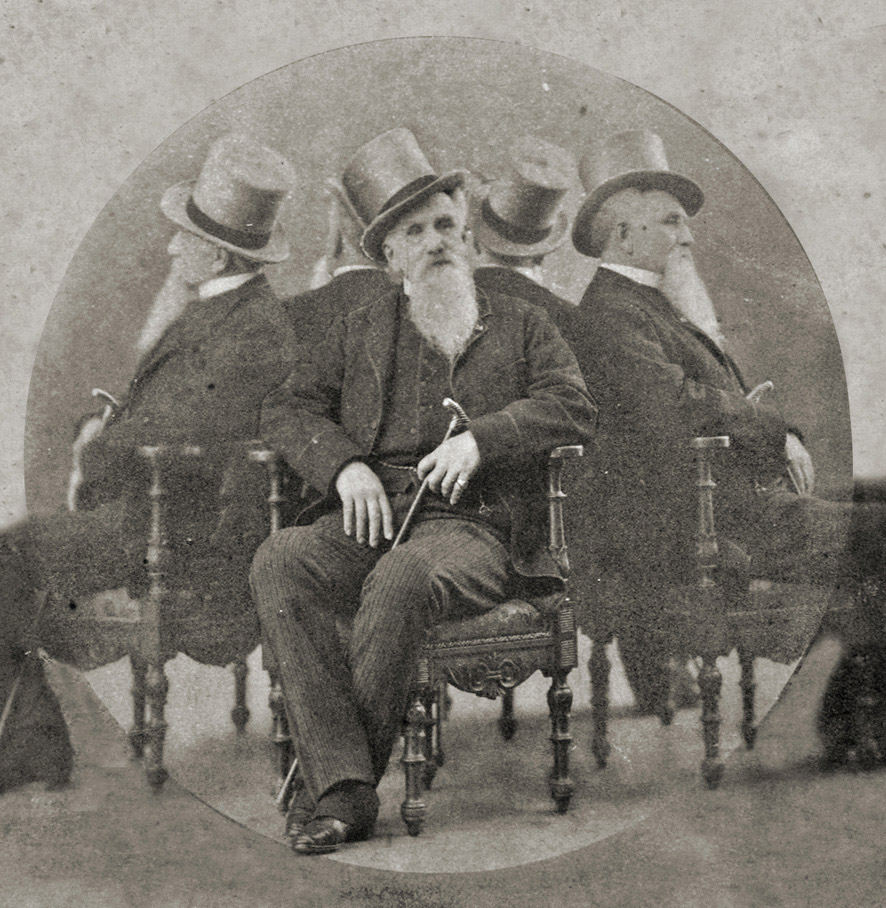En busca del tiempo perdido. De la “fotografía monumento” a los primeros ensayos de movimiento
DOI:
https://doi.org/10.11606/issn.2316-4077.v1i2p18-43Keywords:
Pre cinema, Motion study, Panoramic photography, Multiple exposure, Multi-image photographAbstract
Between the second half of the 19th century and the first years of the 20th century, successive developments in the field of visual technology created the sensation that movement was a fundamental condition of all the arts. In fact, this period was characterized by the proliferation of optical devices and by a deep change in the conception of physical movement and in the nature of perception, which produced a strong impact in the cultural panorama of the West. In this work we analyze a series of techniques and procedures with photographic base which, towards the second half of the 19th century, served to convey the idea of movement in a single still image. We will try to prove that the reproduction of movement and the will to represent the flow of time were not prerogatives of cinema but were already present in a heterogeneous series of techniques and formats, such as multiple exposure, multi-image or panoramic photography, among others. Since this essay is comprised within a broader research work which analyses the very numerous relations between photography and cinema in turn of the century Argentina, the focal point of the work lies on the iconography produced or consumed in this particular time and place.

Downloads
Published
Issue
Section
License
Copyright (c) 2012 Revista Laika

This work is licensed under a Creative Commons Attribution-NonCommercial 4.0 International License.



